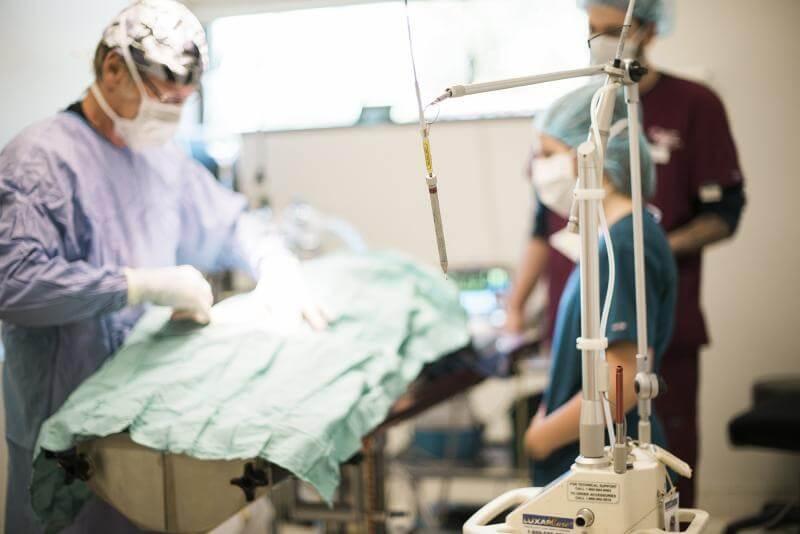
Lasers have proven to be a great tool for modern veterinary medicine. For veterinary surgeons, lasers have all but replaced their scalpel blades. In addition to being a surgical tool, the laser is also an excellent tool for therapy purposes.
There are many different types of lasers, with each having different uses. For surgical purposes, a CO2 laser is used in place of a scalpel for cutting through soft tissue. These lasers are superior to a scalpel in many ways. Because they are more precise, the size of the area cut is smaller than with a scalpel. Another benefit is that, as the laser cuts, it vaporizes and seals nerve endings as well as blood and lymph vessels, thereby reducing bleeding and swelling. With less bleeding, the veterinarian has a clearer view of the area being operated on. Less bleeding also means less post-surgery swelling and pain for your pet.
In addition to regular veterinary surgery, lasers have also proven useful in removing small skin growths, growths in ear canals, and a number of other procedures. Laser surgery is often used for spaying and neutering dogs and cats, as well as for declawing cats.
